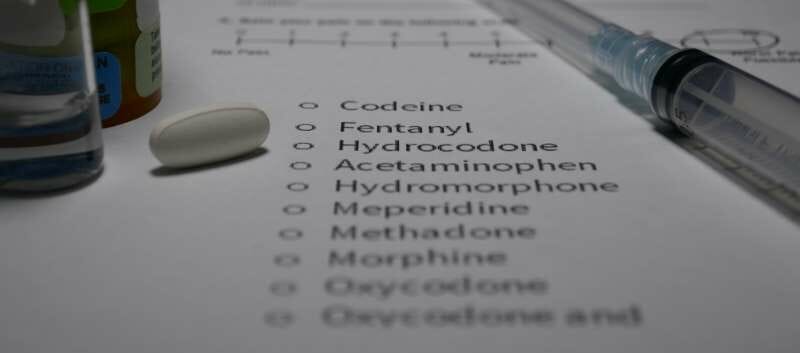A protocol for eliminating routine opioid prescription after major urologic cancer surgery was both safe and successful, according to study results published in JAMA Surgery.
Among 686 patients undergoing open or minimally invasive radical cystectomy, radical or partial nephrectomy, or radical prostatectomy from May 2017 to June 2021 at a tertiary center (Clinical Trials Identifier NCT04469868), 202 patients received usual opioids (control group), 100 reduced opioids (lead-in group), and 384 no opioid prescriptions (NOPIOIDS group) at discharge after surgery.
Opioid prescriptions at discharge were delivered to a significantly lower proportion of the NOPIOIDS (2.2%) than the lead-in (57.9%) and control groups (80.9%), Badar M. Mian, MD, of Albany Medical College in New York, and colleagues reported. The median 5 mg oxycodone tablets prescribed per patient was 0, 4, and 14 in the NOPIOIDS, lead-in, and control groups, respectively.
In the NOPIOIDS group, the median and mean opioid dose per patient was 0 tablets for all procedure types, with the exception of kidney procedures. The mean number of 5 mg oxycodone tablets was 0.6 and 0.3 tablets per patient for open and robotic kidney surgery, respectively. Of the 10 patients (2.8%) receiving additional opioid prescriptions within 30 days of discharge in the NOPIOIDS group, 8 had kidney surgery. Concerns over kidney function likely limited use of nonsteroidal anti-inflammatory drugs for alternative pain relief, Dr Mian’s team suggested.
Overall, less than 2.5% of patients in the NOPIOIDS group required initial or subsequent opioid prescriptions for 30 days after discharge. Nearly three quarters (72.6%) of patients in the NOPIOIDS group completed pain surveys. They reported low pain scores with nonopioid analgesics (mean 2.5 out of 10) and high satisfaction scores (mean 86.6 out of 100). The NOPIODS group experienced no increase in postoperative complications compared with the other groups.
“Our study demonstrated that there was no increase in patient complaints associated with pain, additional opioid prescriptions, or unplanned encounters,” Dr Mian’s team wrote.
The no opioids protocol included a presurgical informational handout for patients, postdischarge patient instructions on the use (dose, schedule) of nonopioid analgesics, and instructions to health care providers to avoid routine, preemptive opioid prescriptions when possible.
In the NOPIODS group, alternative analgesics used in the outpatient setting included acetaminophen (92.2%), ibuprofen (77.1%), lidocaine patch (1.6%), cyclobenzaprine (1.0%), and gabapentin or pregabalin (0.5%).
Reference
Mian BM, Singh Z, Carnes K, et al. Implementation and assessment of no opioid prescription strategy at discharge after major urologic cancer surgery. JAMA Surg. Published online February 8, 2023. doi:10.1001/jamasurg.2022.7652
This article originally appeared on Renal and Urology News
